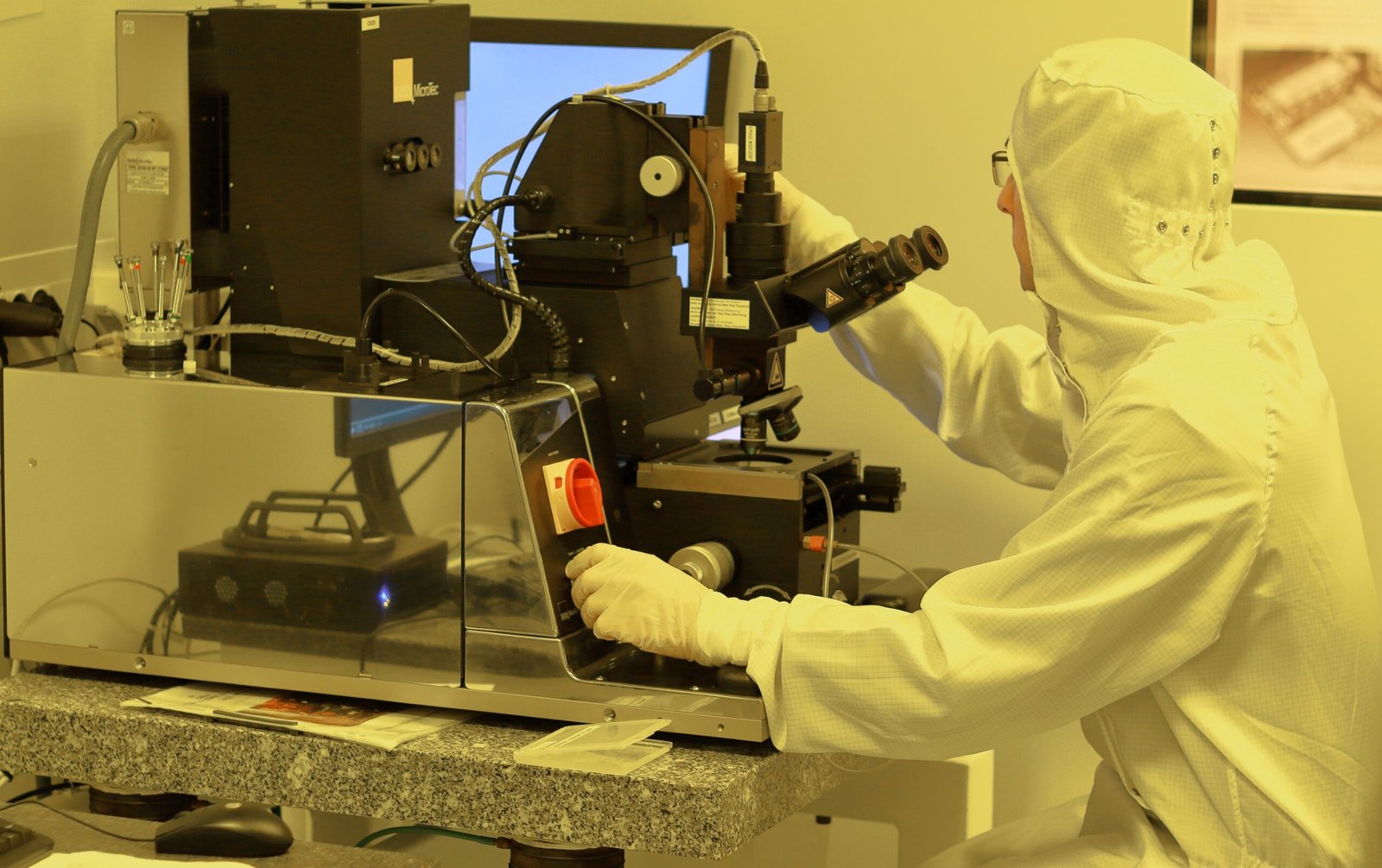In the realm of medical science, the convergence of nanotechnology and healthcare is poised to revolutionize the way we understand, diagnose, and treat diseases. Nanotechnology, the manipulation of matter at the nanoscale, offers a promising avenue to unlock a new era of personalized medicine, targeted drug delivery, and cutting-edge diagnostic tools. This article explores the role of nanotechnology in the future of medicine, shedding light on its transformative potential.
Nanotechnology in Medicine: A Breakthrough Paradigm
Nanotechnology in medicine involves engineering and manipulating materials at the nanoscale, which is on the order of billionths of a meter. At this level, novel properties and behaviors emerge, allowing scientists and medical researchers to develop innovative solutions to long-standing medical challenges.
- Targeted Drug Delivery: One of the most significant applications of nanotechnology in medicine is in drug delivery. Nanoparticles, often composed of biocompatible materials, can be designed to transport drugs to specific cells or tissues. This precision enables reduced side effects and more efficient treatments. Imagine a future where cancer cells are targeted directly with minimal damage to healthy tissues, or antibiotics are delivered precisely to fight infections.
- Early Disease Detection: Nanotechnology is enhancing diagnostic capabilities with the development of highly sensitive and specific nanosensors. These nanosensors can detect even trace amounts of biological markers associated with diseases. Early detection is crucial for effective treatment, and nanotechnology offers the promise of rapid, minimally invasive diagnostics that can catch diseases at their earliest stages.
- Personalized Medicine: Nanotechnology is propelling the concept of personalized medicine. By tailoring treatments to an individual’s unique genetic and molecular profile, medical practitioners can optimize therapeutic outcomes. Nanoparticles can carry drugs designed for a patient’s specific genetic makeup, ensuring a more effective and patient-centric approach to healthcare.
- Regenerative Medicine: Nanotechnology is contributing to regenerative medicine by facilitating the repair and regeneration of damaged tissues. Researchers are exploring the use of nanomaterials to stimulate the growth of new tissue and organs. This could have profound implications for patients awaiting transplants and those suffering from injuries and degenerative diseases.
- Imaging and Diagnosis: Nanoparticles with imaging properties are revolutionizing medical imaging techniques. Nanoparticles can enhance contrast in MRI or CT scans, enabling clearer visualization of tissues and organs. This advancement leads to more accurate diagnosis and improved monitoring of disease progression.
Challenges and Ethical Considerations
While the promise of nanotechnology in medicine is vast, it also raises important ethical and safety considerations. Researchers and policymakers must address concerns related to the potential toxicity of nanoparticles, their environmental impact, and ethical questions regarding privacy and consent in personalized medicine.
The Path Forward
The future of medicine is intimately tied to the evolution of nanotechnology. As research and development in this field continue to advance, we can expect to witness breakthroughs in treatment, diagnosis, and healthcare delivery. This intersection of nanotechnology and medicine not only holds the potential to save lives but also to enhance the quality of life for millions around the world.
In conclusion, the fusion of nanotechnology and medicine represents a paradigm shift in healthcare. It promises a future where diseases are diagnosed earlier, treatments are more precise, and patient care is truly personalized. As scientists and researchers continue to push the boundaries of what is possible, we stand on the brink of a new medical era, one where nanotechnology plays a pivotal role in enhancing our well-being and conquering diseases that have long plagued humanity.
